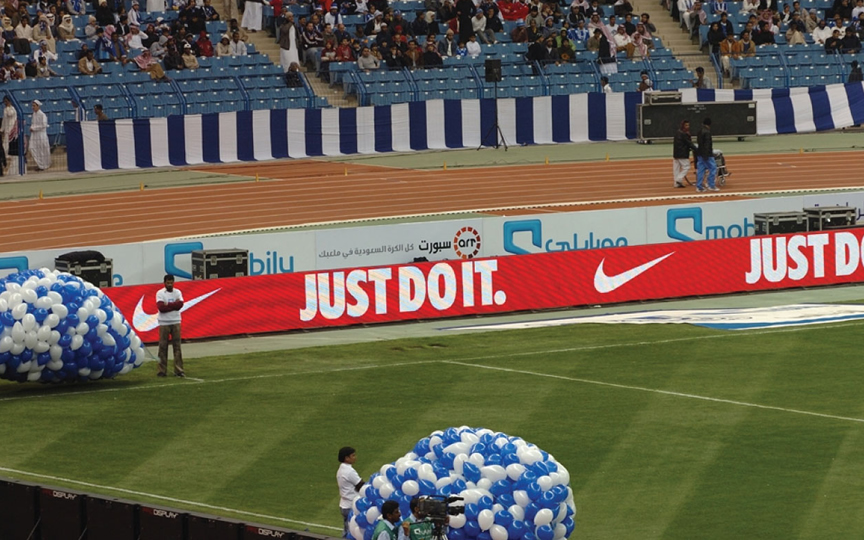If you’ve been to a live sporting event lately, chances are the LED screens caught your attention—maybe even more than the game itself at times. These massive digital displays aren’t just about showing the score anymore. They’ve quietly become a central part of the modern stadium experience, and fans are noticing.

Years ago, a scoreboard was just that—a basic screen to tell you the score and the time. Now, LED displays stretch across entire walls and corners of stadiums, showing instant replays, live crowd reactions, interactive fan games, sponsor messages, and more. It’s not just information—it's entertainment layered on top of the game.
What’s really interesting is how these screens help draw fans into the moment. When the crowd sees themselves on the big screen, the cheers get louder. When a key play gets replayed in high resolution just seconds after it happens, the connection between the fans and the field feels stronger. It’s about more than watching—it’s about participating.
From a technical standpoint, LED screens have improved drastically. They’re brighter, sharper, and visible from almost any angle—even in broad daylight. That means whether you’re sitting near the field or high up in the stands, you’re getting a good view. For stadiums hosting concerts or non-sports events, these screens also double as dynamic backdrops that can be customized in real-time.
There’s also the business side of things. Sponsors love LED displays because the ads are clear, unmissable, and easily changeable depending on the audience or event. Stadiums can run targeted promotions, flash QR codes for instant giveaways, or promote merchandise with a few taps—something static signage could never do.
For fans, though, the real win is the energy LED screens bring. They make the game feel bigger, the experience feel richer, and the memories more vivid. Going to a game today is no longer just about the action on the field—it’s a fully immersive, visual experience. And LED screens are a big reason why.

